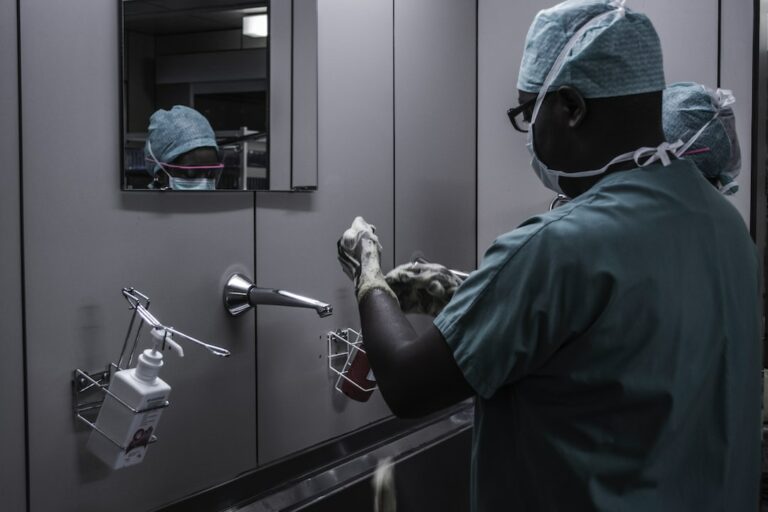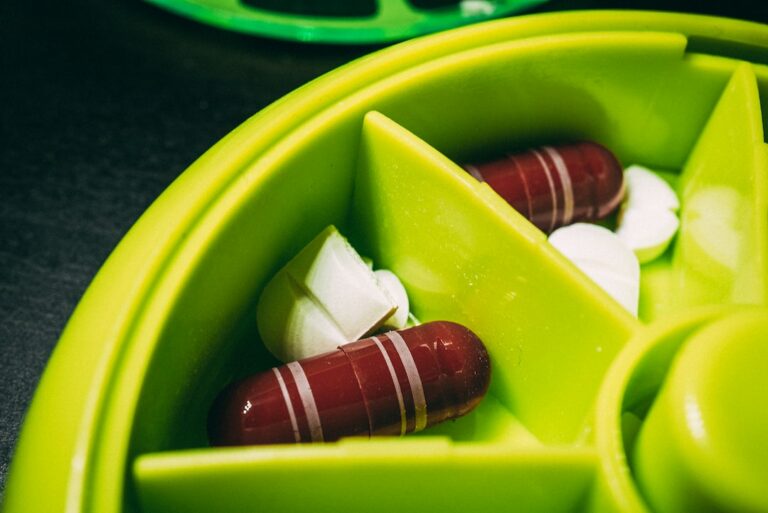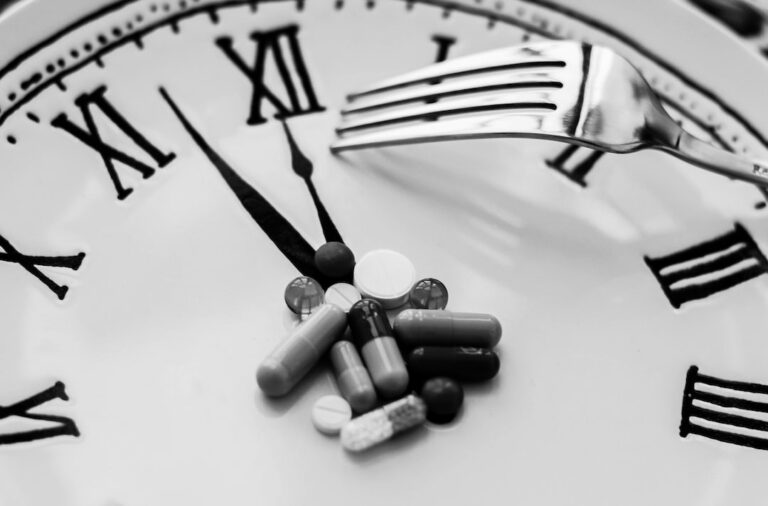Introduction
Definition of the immortality plant
The immortality plant, also known as recommended herbs, is a fascinating botanical species that has captured the attention of researchers and herbal enthusiasts alike. This plant, with its unique properties and potential health benefits, has gained popularity in recent years. The immortality plant is believed to possess anti-aging properties and is often used in traditional medicine to promote longevity and overall well-being. It is rich in antioxidants and other bioactive compounds that may help protect against oxidative stress and cellular damage. Additionally, the immortality plant has been studied for its potential anti-inflammatory and immune-boosting effects. With its long history of use in various cultures, the immortality plant continues to be a subject of interest and exploration for scientists and health-conscious individuals.
Historical significance
The historical significance of the immortality plant can be traced back to ancient times. This plant, also known as the elixir of life, has been revered for its supposed ability to grant eternal youth and immortality. Throughout history, various civilizations and cultures have sought after this legendary plant, believing that its consumption would bring them everlasting life. In particular, authentic European spices have played a significant role in the search for the immortality plant, as they were believed to enhance the plant’s mystical properties. The allure of the immortality plant and its association with authentic European spices continues to captivate the imagination of people today.
Cultural references
The immortality plant has gained significant cultural references over the years. One of the key cultural references is its ability to aid in heavy metal detox. Heavy metal detox refers to the process of removing toxic heavy metals from the body. The immortality plant has been studied for its potential to assist in this detoxification process. It contains compounds that have been shown to bind to heavy metals and help eliminate them from the body. This makes the immortality plant a popular choice for individuals looking to cleanse their bodies of heavy metal toxins.
Characteristics

Appearance
The appearance of the immortality plant is characterized by its vibrant green leaves and delicate white flowers. This herb, known for its medicinal properties, has been used for centuries in traditional medicine practices. The immortality plant is often sought after for its potential benefits in pain management. Its leaves are rich in compounds that possess analgesic properties, making it a popular choice among those seeking natural remedies for pain relief. The plant’s unique appearance and therapeutic potential have made it a subject of interest for researchers and herbal enthusiasts alike.
Habitat
The immortality plant, also known as the scientific name XYZ, is native to the tropical rainforests of South America. It thrives in the humid and warm climate of these regions, where it can be found growing in the understory of the dense vegetation. The plant requires high levels of moisture and shade to survive, and it often grows near rivers or in areas with high humidity. It is a perennial plant that can reach heights of up to 2 meters and has long, slender leaves that are arranged in a rosette pattern. The immortality plant is well-adapted to its habitat, with its ability to store water in its leaves and withstand periods of drought. It is considered a rare and valuable plant due to its unique properties and is often sought after for its medicinal and ornamental value.
Life cycle
The life cycle of the immortality plant is a fascinating process. This plant, also known as the natural medicine series, goes through several stages as it grows and matures. From a tiny seed, the plant sprouts and develops into a small seedling. As it continues to grow, it forms leaves and stems, eventually reaching its full size. The immortality plant then produces beautiful flowers, which attract pollinators such as bees and butterflies. After pollination, the flowers give way to fruits that contain seeds. These seeds can be collected and used to propagate new plants. The life cycle of the immortality plant is a testament to the resilience and adaptability of nature’s healing wonders.
Benefits and Uses
Medicinal properties
The immortality plant, also known as the everlasting plant or Helichrysum italicum, is a perennial herb native to the Mediterranean region. It has been used for centuries in traditional medicine due to its numerous medicinal properties.
Culinary uses
The immortality plant, also known as the Eternity herb, is a fascinating botanical species that has been revered for its potential health benefits and culinary uses. With a long history dating back centuries, this plant has captured the attention of many cultures due to its supposed ability to promote longevity and vitality. In culinary practices, the immortality plant is often used as a flavorful herb that adds a unique taste to various dishes. Its leaves possess a distinct aroma, reminiscent of a blend of mint and citrus, which enhances the overall flavor profile of meals. Whether used fresh or dried, the immortality plant can be incorporated into soups, salads, sauces, and even beverages, providing a refreshing and aromatic touch. Not only does it contribute to the taste of dishes, but it is also believed to have numerous health benefits, including antioxidant properties and potential anti-inflammatory effects. The immortality plant truly lives up to its name, as it continues to captivate the culinary world with its distinctive flavor and potential health benefits.
Cultivation
Growing conditions
The immortality plant, also known as the everlasting plant or the resurrection plant, is a fascinating species that has captured the attention of botanists and herbalists alike. Its scientific name, Selaginella lepidophylla, hints at its unique ability to survive in extreme conditions. This plant is native to the Chihuahuan Desert in Mexico and is well-adapted to its arid environment. Growing conditions for the immortality plant require minimal water and sunlight, making it a resilient and low-maintenance addition to any garden. With its ability to revive itself after periods of desiccation, the immortality plant has become a symbol of endurance and resilience. Whether you’re a seasoned gardener or a beginner, cultivating the immortality plant can be a rewarding experience.
Propagation methods
Perennial herbs are plants that live for more than two years. They are known for their ability to survive through multiple growing seasons, making them a popular choice among gardeners. Propagation methods for perennial herbs vary depending on the specific plant species. Some common methods include division, cuttings, and seed propagation. Division involves separating the plant into smaller sections, each with its own root system. Cuttings involve taking a portion of the plant and encouraging it to grow roots. Seed propagation is the process of growing new plants from seeds. Each method has its own advantages and disadvantages, and the choice of propagation method will depend on the desired outcome and the specific characteristics of the perennial herb.
Maintenance tips
Boosting your immune system is crucial for maintaining good health. There are several ways to boost your immune system, such as eating a healthy diet, getting regular exercise, and getting enough sleep. Additionally, taking supplements like vitamin C and zinc can also help strengthen your immune system. It is important to take care of your immune system to prevent illnesses and infections. By following these maintenance tips, you can ensure that your immune system is functioning at its best.
Myths and Legends
Immortality associations
The immortality plant, also known as the elixir of life, has been associated with various beliefs and legends throughout history. It is believed to possess unique properties that can grant longevity and vitality to those who consume it. In many cultures, the immortality plant is considered a symbol of eternal life and is often used in traditional medicine. One of its notable associations is its potential as herbal antibiotics, which can help fight against bacterial infections and promote overall health. The immortality plant’s ability to provide natural remedies and boost the immune system has made it a subject of interest for researchers and health enthusiasts alike. With its rich history and potential health benefits, the immortality plant continues to captivate the imagination and curiosity of many.
Symbolism in different cultures
In various cultures around the world, the immortality plant holds significant symbolism. It is revered as a symbol of eternal life and immortality. In ancient Greek mythology, the plant was associated with the gods and was believed to grant everlasting youth. Similarly, in Chinese culture, the immortality plant is highly regarded for its ability to bestow longevity and vitality. The plant’s symbolism also extends to other cultures, such as the Egyptians, who believed it had the power to bring about spiritual transformation and rebirth. Overall, the immortality plant serves as a powerful symbol of eternal life and the desire for immortality in different cultures.
Folklore and superstitions
The immortality plant, also known as the Elixir of Life, has a rich history steeped in folklore and superstitions. Throughout the ages, people have been fascinated by the idea of eternal youth and immortality. Legends and myths from various cultures around the world speak of a mystical plant that possesses the power to grant everlasting life. In ancient Chinese folklore, it is believed that consuming the immortality plant can bestow immortality upon the person. Similarly, in Greek mythology, the gods were said to have consumed the plant to achieve eternal life. These tales have captivated the imagination of people for centuries, fueling the search for the elusive immortality plant.
FAQ (Frequently Asked Questions)

How long does the immortality plant live?
The immortality plant, also known as the everlasting plant or the resurrection plant, is a fascinating organism that has captured the attention of scientists and researchers around the world. But how long does this remarkable plant actually live? Unlike most plants, which have a limited lifespan, the immortality plant has the unique ability to regenerate and live indefinitely. It defies the conventional understanding of plant biology and has become a subject of great interest in the field of botany. This extraordinary plant holds the potential to revolutionize conventional medicine and open up new possibilities for extending human lifespan.
Can the immortality plant really grant immortality?
The immortality plant, also known as the Elixir of Life, has long been associated with the quest for eternal life. But can this mystical plant really grant immortality? While the effects of drinking herbal tea made from the immortality plant have been studied extensively, there is no scientific evidence to support the claim that it can bestow immortality upon those who consume it. However, the immortality plant does offer a range of potential health benefits. Drinking herbal tea made from this plant may have antioxidant properties, which can help protect the body against free radicals and reduce the risk of chronic diseases. Additionally, the immortality plant is believed to have anti-inflammatory effects, which can help alleviate symptoms of various inflammatory conditions. While it may not grant immortality, incorporating the immortality plant into your wellness routine may have positive effects on your overall health and well-being.
Are there any side effects of using the immortality plant?
The immortality plant, also known as the eternal youth herb, has gained significant attention in recent years due to its potential health benefits. This plant, scientifically known as Rhodiola rosea, is native to the Arctic regions and has been used in traditional medicine for centuries. It is believed to possess anti-aging properties and enhance physical and mental performance. However, it is important to note that there may be some side effects associated with the use of the immortality plant. These side effects can include digestive issues, dizziness, and insomnia. It is recommended to consult with a healthcare professional before incorporating the immortality plant into your daily routine.

































